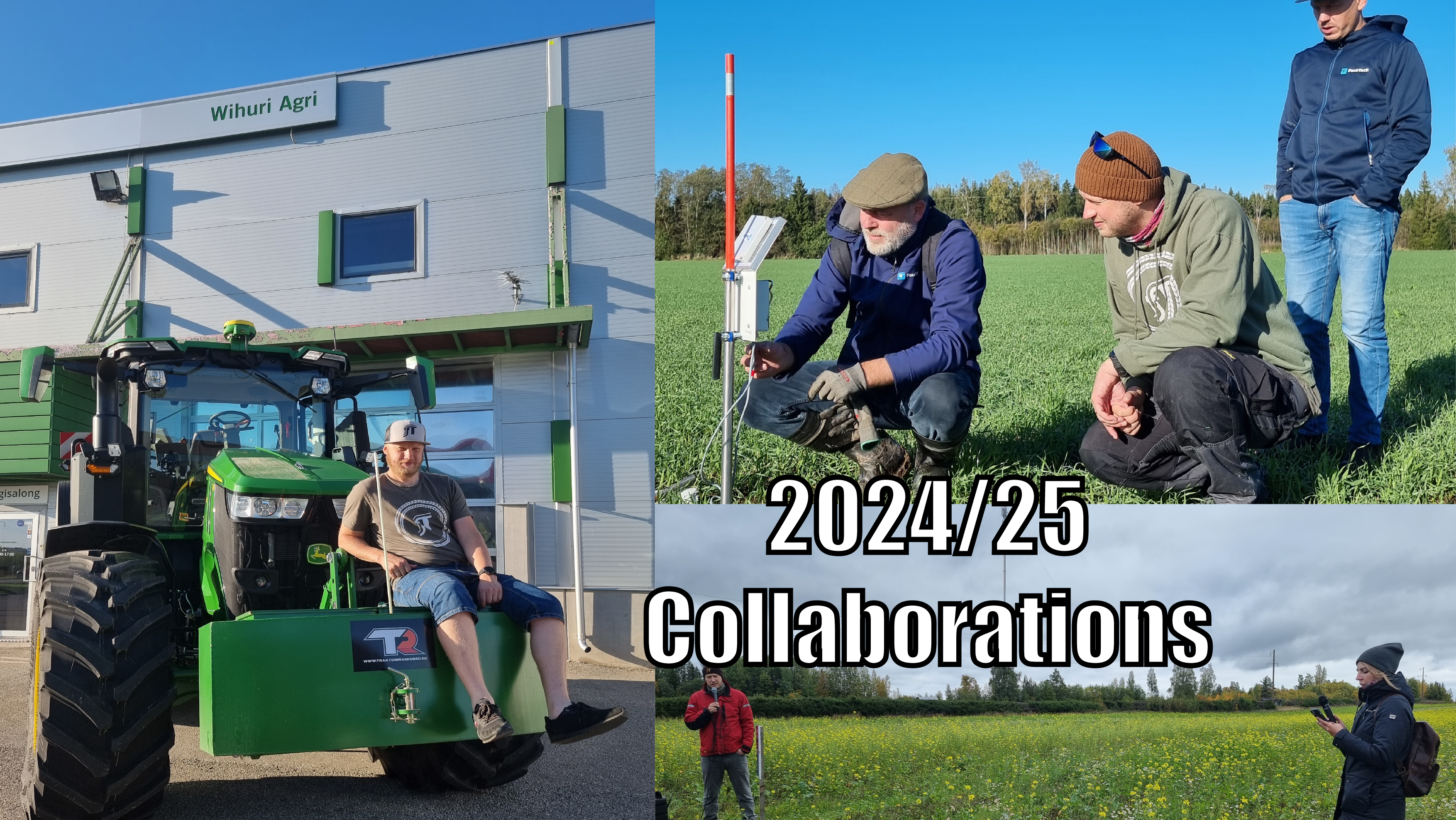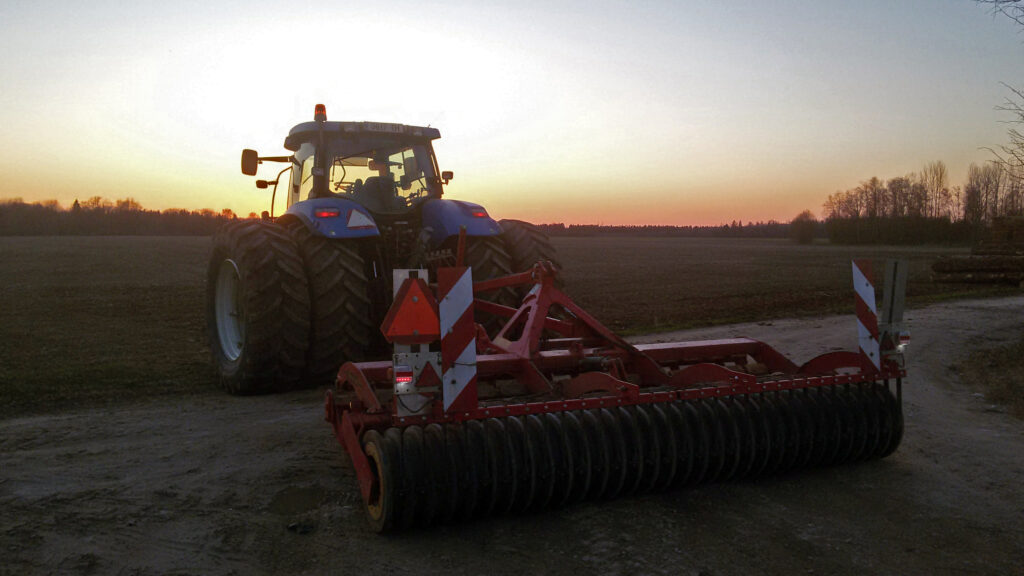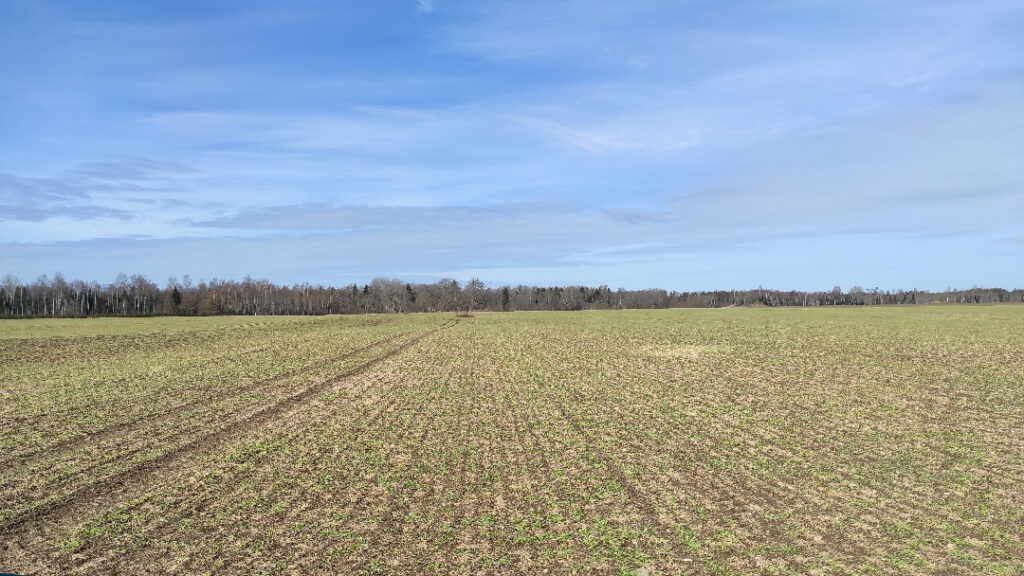Honest Feedback Over Promotion: My Approach to Collaborations
When I collaborate, my goal is not to praise a product, service, or event, but to provide honest feedback. It has to genuinely interest me and offer real value to my followers. Of course, longer posts will be shared about these collaborations in the future, but for now, here’s a brief overview of what’s been done and what’s coming up.
eAgronom Cover Crop Field Day
We started planning this event back in January 2024. For me, it was like diving into unknown waters. While I’ve attended field days before, the behind-the-scenes aspect was entirely new to me. Thankfully, the eAgronom team was experienced, and my role was mainly to give advice on specific matters and ensure everything on the field was done on time. That said, I was involved in the entire organizational process, and I can tell you, putting together an event of this size requires a lot of people and time.
Objective: The primary focus of the field day was comparing different seeding technologies and timings, as well as various cover crop mixtures. Personally, I was interested in seeing how my preferred cover crop broadcasting system stacks up against more traditional methods that involve soil contact.
Trials:
- Seeding Times: 10 days before harvest, 1 day before harvest, 1 day after harvest, 13 days after harvest, 25 days after harvest.
- Technologies: Broadcasting into standing crops, direct seeding, seeding with a harrow, seeding with TopDown and TerranoMT (combined tillage machines), and seeding with a regular grain drill.
Wihuri Agri and John Deere 7R 330
Since the beginning of my influencer career, my aim has been to test new and exciting technologies/machines and share my experiences with my followers. If you’ve been following my blog, you’ve likely read my experience reviews of the Case Optum, Valtra Q-Series, and Fendt 728. While those were fun, they were rather short trials and didn’t provide a complete picture of the machines. Nevertheless, I’m grateful to the machinery dealers who weren’t scared off by my honest feedback!
When Wihuri Agri contacted me and offered the chance to rent their demo 7R 330 for an entire year, with the opportunity to document the journey on social media, it didn’t take me long to say yes!
Objective: I’ve always had mixed feelings about John Deere. I’ve admired their thoughtful design, traction power, GPS systems, and the digitalization that, in my opinion, puts them ahead of the competition. But is it all worth the price tag? Now’s the perfect chance to find out.
Trials: This tractor will handle everything on my farm—tilling, seeding, fertilizing, spraying, and transporting. A full range of tasks that will either prove or disprove JD’s greatness. I also want to dive into the world of service, repairs, and spare parts—areas that farmers and especially civilians rarely see, but are crucial for keeping the tractor running.
Paul-Tech Soil Station
I believe we’re at a point in agriculture where we can no longer continue business as usual. Rising costs, stagnant revenues, and the green transition present major challenges for sustainable yet profitable farming. Especially with a 50% reduction in fertilizer use, we need to know exactly how much to apply to achieve maximum efficiency. I’ve been following the Estonian company Paul-Tech for a while, and some of my friends have been using their soil stations on their fields. However, I wasn’t entirely sure if the soil station would help me save on fertilization costs. I’m glad Paul-Tech agreed to help, and together we’re exploring the potential benefits.
Objective: Can the soil station really help me save money on fertilization and other tasks? I’m learning myself, consulting with the Paul-Tech team, and sharing with my followers how the data I receive impacts my work and whether the potential savings justify the cost of the device.
Trials: Throughout the 2024/25 season, I’ll monitor and share the data and recommendations from three soil stations. Two are placed on different winter wheat fields, and one is currently on a cover crop field, where I plan to sow peas in the spring of 2025. Should I fertilize? How much? Is there enough moisture in the soil? Could the data predict diseases? I’m hoping to find answers to these and many more questions.
Stay tuned for detailed posts on each of these collaborations!



